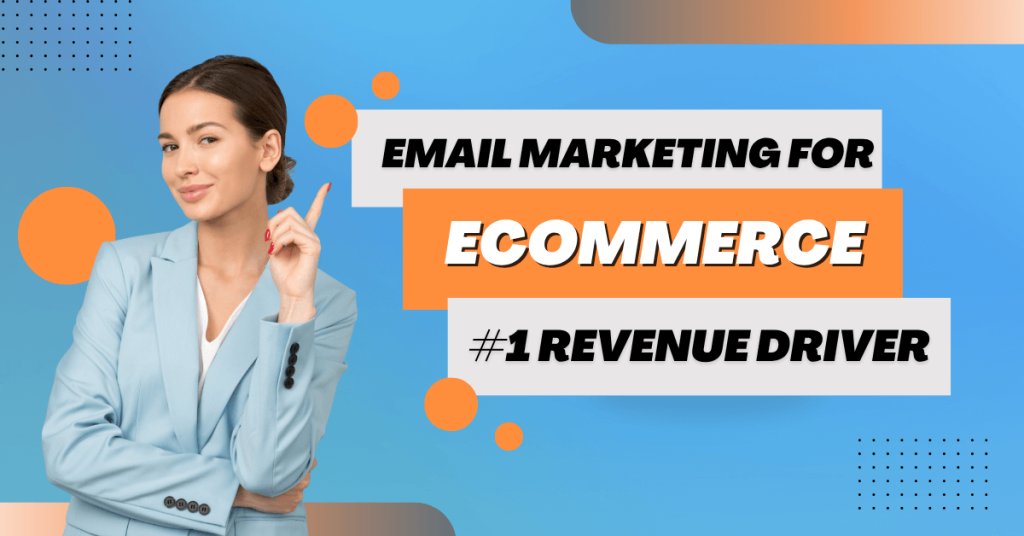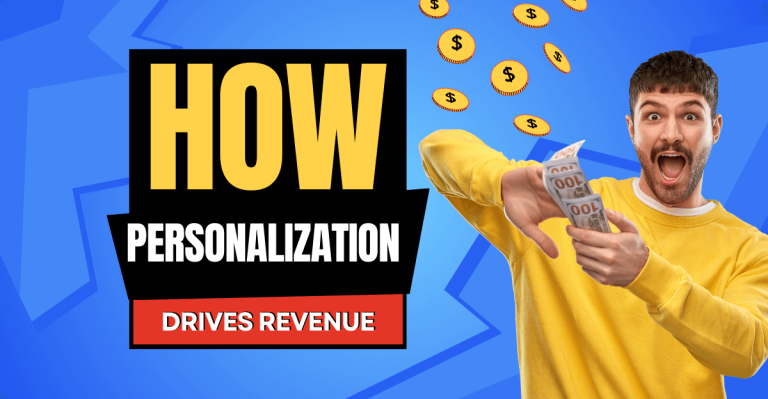What Is Email Marketing for Ecommerce?
The Core Concept
Email marketing for ecommerce means sending targeted, personalized, and timely messages to subscribers and customers. The goal? Drive more sales, build loyalty, and boost lifetime value—all through the only channel you truly own: the inbox.
Did you know that you can legally send promotional emails even if the recipient didn’t explicitly subscribe as long as you meet criteria like soft opt-in or legitimate interest (we’ll cover that in detail below)? It’s one reason email remains a smart acquisition and retention tool in a privacy-first era.
Why Ecommerce Needs a Direct Channel

With email, you can:
- Launch new products without paid ads
- Retarget shoppers without third-party cookies
- Build loyalty through automated post-purchase journeys
- Collect zero-party data (like preferences and behavior)
It’s more than a marketing channel—it’s a revenue engine
The ROI of Email Marketing: Numbers That Speak Volumes
Comparing Email vs. Other Channels
Email consistently outperforms other digital channels in ROI. According to Campaign Monitor, ecommerce email marketing delivers $42 for every $1 spent. And that number continues to rise with better segmentation and automation.
Compare that with:
| Channel | Average ROI |
|---|---|
| $42:1 | |
| SEO | $22:1 |
| Paid Social | $8:1 |
| Influencer Marketing | $5:1 |
IIndustry Benchmarks for Ecommerce Email Performance (2025)
| Metric | Industry Average |
|---|---|
| Open Rate | 20–30% |
| Click-Through Rate (CTR) | 2–5% |
| Conversion Rate | 1–3% |
| Revenue per Email (RPE) | $0.10–$0.25 |
Brands that invest in automation, dynamic content, and predictive flows often exceed these numbers. Some are hitting 40% open rates and $1+ RPE.
Top 5 Email Flows Every Ecommerce Brand Needs
1. Welcome Series: Set the Tone Early

First impressions matter. A well-crafted welcome series sets expectations, builds trust, and converts new leads into buyers.
💡 Stats: A full welcome series can generate 320% more revenue than a single welcome email.
Tips for a high-performing welcome flow:
- Send 3–5 emails over the first 7–10 days
- Share your brand mission, values, and social proof
- Include a compelling offer (discount, freebie, VIP access)
- Segment by source (quiz opt-ins, popup signups, SMS leads)
2. Abandoned Cart Recovery: Win Back the Hesitant Buyer
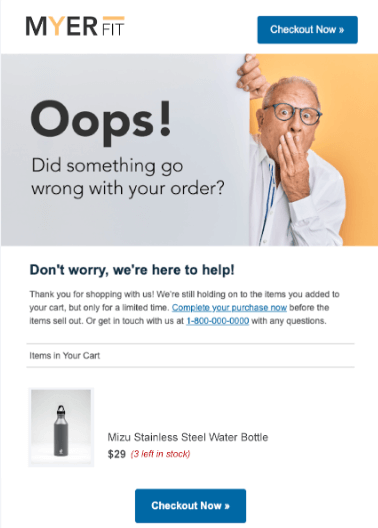
💰 70% of ecommerce carts are abandoned.
A strong abandoned cart sequence can recover 15–20% of lost revenue. Here’s how:
- Email 1 (1 hour later): “Did you forget something?”
- Email 2 (24 hours later): Include product image, reviews, and urgency
- Email 3 (48–72 hours later): Add an offer or a benefit reminder
Bonus: Pair with SMS or push notifications for higher reach.
3. Post-Purchase Flow: Turn One-Time Buyers Into Repeat Fans
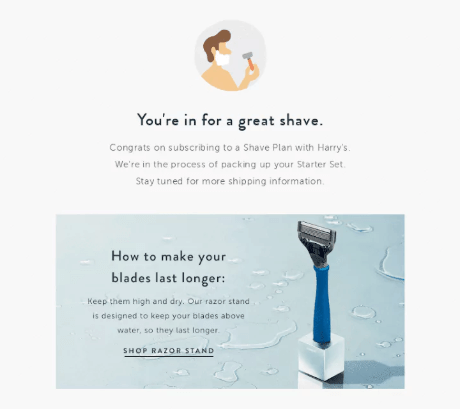
What happens after checkout matters. Use post-purchase flows to:
- Thank them and confirm their value
- Ask for reviews or user-generated content (UGC)
- Recommend add-ons or refills
- Introduce your loyalty program
This deepens the relationship and boosts customer lifetime value (CLV).
4. Winback Campaign: Reignite the Fire
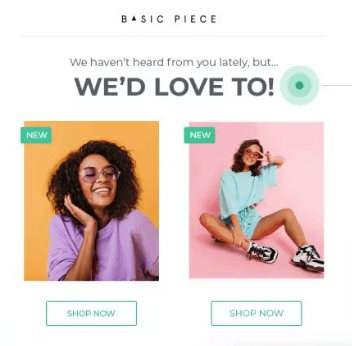
If a customer hasn’t purchased in 60–90 days, send a reminder of what they’re missing.
🔥 Tips:
- Use behavior-based timing
- Offer an exclusive deal or restock update
- Add urgency with limited-time VIP offers
5. Product Re-Engagement Flow: Keep Favorites Top-of-Mind
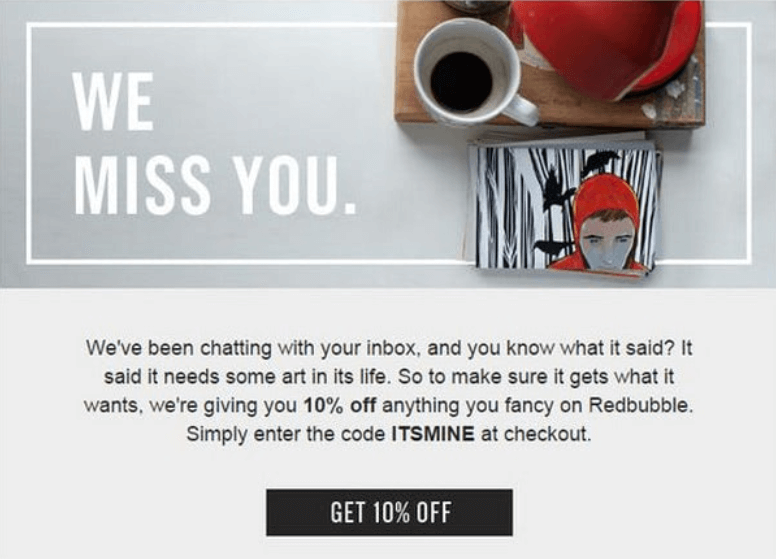
Re-engagement isn’t just for lapsed customers—it’s also for active browsers. Send dynamic content like:
- “Your favorites are back in stock!”
- “Still loving this?”
- “Others are buying this again. Should you?”
Personalization and timing make these flows incredibly effective.
Segmentation & Personalization
The Backbone of High-Performing Ecommerce Emails
Sending one-size-fits-all messages is a fast track to unsubscribes. Smart segmentation and deep personalization turn emails into relevant, irresistible messages that feel tailor-made for each customer.
What Segments Should Ecommerce Brands Create?
Here are must-have segments that boost opens, clicks, and conversions:
| Segment | Why It Matters |
|---|---|
| 🆕 First-Time Buyers | Welcome and educate about your brand |
| 🔁 Repeat Customers | Upsell and loyalty building |
| 💰 High-Spending Customers | Offer exclusives, early access |
| ⏰ Lapsed Customers (60–90 days) | Send win-back campaigns |
| 🛍️ Product Category Interest | Send targeted promos or drops |
| 📍 Geo-Based Segments | Customize messaging by season or region |
These aren’t just data points. They’re behavioral signals that unlock better timing, relevance, and ROI.
Personalization Beyond [First Name]
2025 personalization goes beyond “Hey Sarah.” Today’s top ecommerce brands personalize:
- Product recommendations based on browsing or purchase history
- Email blocks that change based on loyalty tier
- Send time optimization using predictive data
- Dynamic CTAs like “Restock your skincare” or “Time to refill your supplements”
Brands using behavioral and purchase-based personalization can increase conversion rates by up to 42%.
Pro Tip: Use Dynamic Content Blocks in Klaviyo
Klaviyo allows you to insert blocks that display only if:
- The subscriber purchased a certain product
- They’re in a specific segment
- They browsed but didn’t buy
This creates a hyper-relevant inbox experience with minimal manual effort.
A/B Testing for Ecommerce Emails: What to Test & Why
Want to know what truly works? A/B testing lets you validate ideas with real data. So now you’re not guessing, you’re growing.
Subject Lines That Grab Attention
Test elements like:
- Emojis vs. no emojis
- Urgency (“24 hours left”) vs. curiosity (“Guess what’s trending…”)
- Personalization tokens like first name or product names
💡 Example:
- Variant A: “Your Cart Misses You 😢”
- Variant B: “Only 1 Left. Complete Your Checkout Now”
Best Time to Send? Let the Data Decide
Standard advice says Tuesday and Thursday mornings work best—but your audience might prefer:
- Weekends
- Late night (for Gen Z)
- Mid-day (for B2B ecommerce)
Test different days and times using time delay logic in flows or Klaviyo’s Smart Send Time.
Layouts, Images, and Calls-to-Action
Should you spotlight one product or show a grid? Is your CTA better as a button or a text link?
Run tests to find out:
- Which layout drives more clicks
- Whether GIFs increase engagement
- If discount-focused vs. value-focused copy converts better
Compliance & Deliverability: Stay Out of the Spam Folder
GDPR, CCPA, and CAN-SPAM: What You Must Know
To stay compliant and build trust:
- Get explicit opt-in (no pre-checked boxes)
- Always include unsubscribe links
- Clearly state who you are and why you’re emailing
- Keep a clean, updated privacy policy
💡 Did you notice how we mentioned in the beginning thw fact that you can email existing customers without explicit opt-in in some regions under soft opt-in or legitimate interest? Always verify based on country-specific laws (see our full legal guide for details).
Boost Deliverability (and Avoid Spam Filters)
Follow these best practices:
- Use a verified sending domain
- Warm up new sender profiles gradually
- Avoid “spammy” subject line phrases like “FREE!!!” or “CLICK NOW!”
- Maintain list hygiene: suppress unengaged contacts regularly
- Ask subscribers to add your email to their address book (aka “whitelisting”)
Best Email Platforms for Ecommerce in 2025
Klaviyo (Best Overall)
- Built for ecommerce
- Deep integrations with Shopify, WooCommerce, BigCommerce
- AI-powered product recommendations
- Flows, SMS, push, and attribution in one platform
Omnisend
- Great mid-tier platform
- Offers email + SMS + push
- Strong automation templates and A/B testing
Mailchimp
- Beginner-friendly
- Drag-and-drop builders
- Less flexible for high-growth ecommerce brands
Common Mistakes in Ecommerce Email Marketing (and How to Fix Them)
Avoid these pitfalls to protect your sender reputation—and your revenue:
1. Over-Sending or Under-Sending
- Sending too many emails? You’ll burn out your list.
- Too few? You’ll be forgotten.
Sweet spot: 2–3 emails per week for active ecommerce brands.
2. Neglecting Revenue Attribution
If you don’t track what’s working, you can’t scale it.
- Use UTM parameters
- Track performance in Klaviyo, GA4, and Triple Whale
- Attribute revenue by flow, campaign, and segment
3. Ignoring Unengaged Subscribers
Unengaged contacts drag down your open rates and increase your spam risk.
- Clean your list every 30–90 days
- Use a sunset flow to win back or suppress inactive users
FAQs: Email Marketing for Ecommerce in 2025
Is email still the most effective marketing channel for ecommerce?
Absolutely. It delivers the highest ROI and is the only channel you fully own.
How often should I email my list?
Start with 1–2x/week. Use engagement metrics to scale up or back off.
What’s the best email flow to start with?
The welcome series and abandoned cart flow offer the fastest revenue wins.
Can email integrate with SMS and push notifications?
Yes. Tools like Klaviyo allow you to build cross-channel automations in a single flow.
Is it legal to send promotional emails without opt-in?
In some cases, yes—especially under soft opt-in laws or legitimate interest (for previous buyers or B2B outreach). Always check local regulations.
What’s a good open rate for ecommerce?
Aim for 20–30%. With segmentation and personalization, 35–40% is achievable.
Why Email Marketing Is Non-Negotiable in 2025
In 2025, email marketing for ecommerce is your most powerful tool for:
- High ROI
- Owned audience growth
- Smart automation
- Brand loyalty
- Attribution and scale
As cookies fade and paid ads get more expensive, your email list becomes your most valuable asset.
Want to Build a Smarter Email Program?
At The Mail Effect, we help 6–7 figure ecommerce brands:
- Design high-converting email flows
- Unlock segmentation and personalization strategies
- Automate retention and maximize revenue
Ready to build your email engine?
Contact Us or book a strategy session today.

